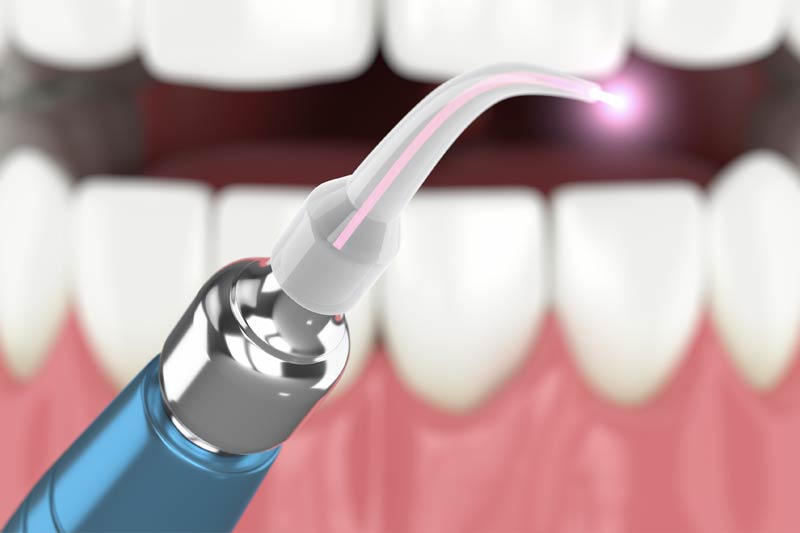Family and Cosmetic Dentistry in Mission, TX
-

Sleep Apnea Treatment
Learn more -

Dental Implants
Learn more -

General Dentistry
Learn more
Top Rated Dentists in Mission
Meet The Doctors
Amazing Reviews
5 Star Customer Reviews


State of the Art Technology
Our office has the state of the art dental technology to provide you with the best possible dental care. See more below:
-

Cone Beam CT Imaging
-

Intra-Oral Camera
-

Digital X-Rays
-

Laser Dentistry
Insurance & Payment Options
We accept most major insurance carriers and we offer financing through CareCredit, allowing you to make convenient monthly payments towards your treatment plan. Call today for more information 956-585-2767.
No Insurance? No Problem
We now offer a Dental Savings Plan
Individual Savings Plan
$100 per year
The Individual Savings Plan covers any 1 person, up to 1 person per household.
Couples Savings Plan
$250 per year
The Couples Savings Plan covers any 2 people, up to 2 people per household.
Family Savings Plan
$300 per year
The Family Savings Plans covers the family, up to 4 people per household.

Now Accepting New Patients
Smith Dental is now accepting new patients. We specialize in family, general and cosmetic dentistry. Visit us and discover compassionate care along with your best smile.
Schedule an Appointment








